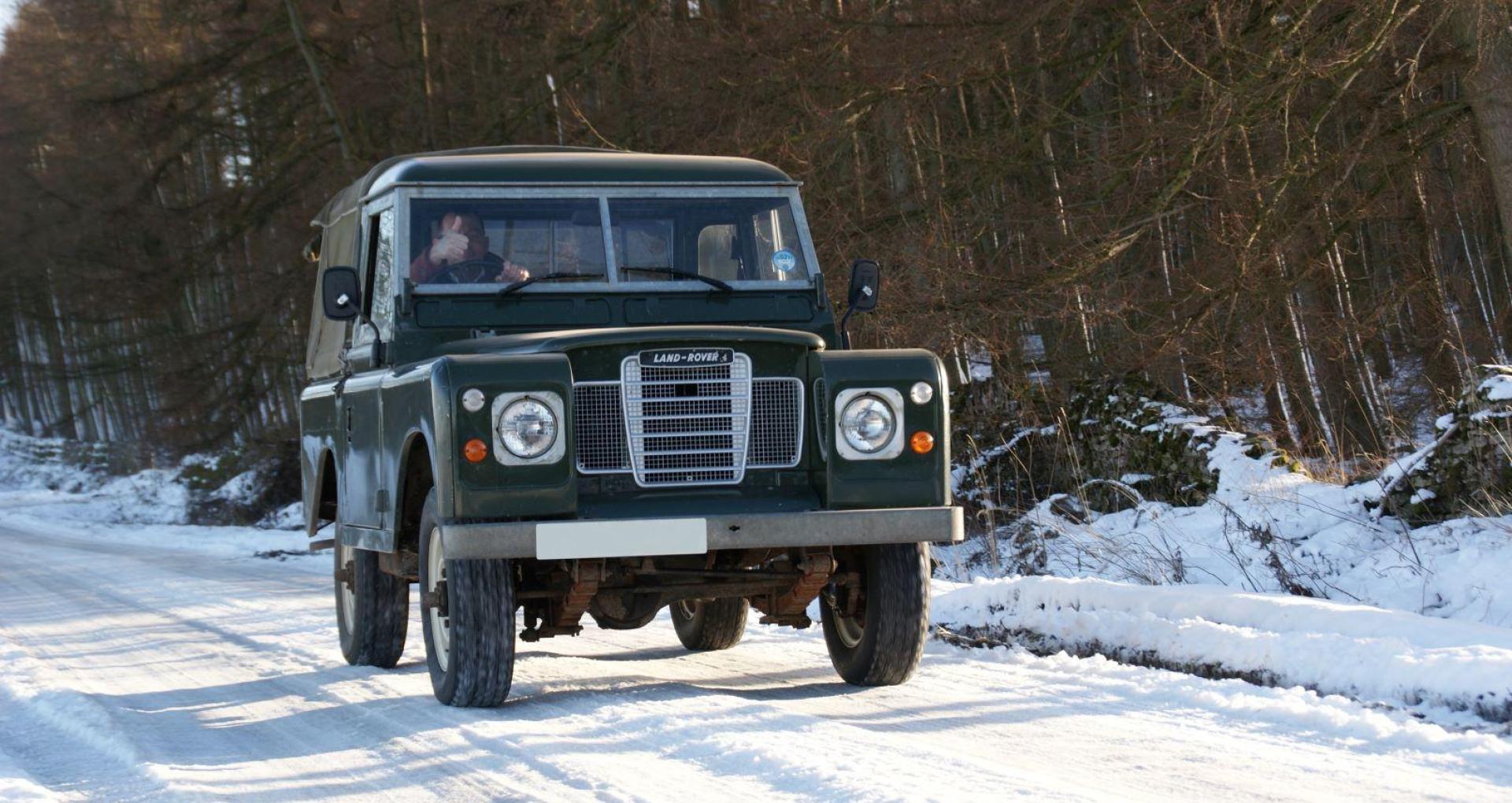The arrival of snow and ice, combined with the reduced hours of daylight, mean that driving conditions over the coming season will be extremely tricky, and we all need to take extra care whether out on public roads or driving on farmland.
It was horrifying to read the ROSPA statistics that, in 2021, 13 people were killed, 356 seriously injured and a further 1,781 slightly injured in reported road collisions on Great Britain’s roads when there was snow or ice on the road.
Whichever farm vehicle you are driving, your safety behind the wheel is crucial and you need to ensure that you and your vehicle are protected and correctly insured. Improving your safety measures around the farm and keeping your vehicles well maintained will ensure you also benefit from lower insurance premiums.
By taking a little time out of your day to implement a small number of precautionary steps, you will ensure that you and your family are safer during some potentially difficult journeys.
The most obvious piece of advice would be to switch to winter tyres as it’s a case of they do what they say on the tin!
While many farm vehicles are four-wheel drives and have greater traction in wintery conditions than typical road vehicles, they still don’t come close to winter tyres which have a potential stopping distance of eight metres - or the equivalent of two car lengths - in snow.
The pressure of the tyres will need to be checked regularly too as colder temperatures can cause a loss of pressure. Including the tyres as part of a regular inspection and maintenance routine will be important to ensure you’re as safe as can be.
Making sure your windscreen and other windows are clean, not just from snow and ice which is clearly paramount, but also of streaks or smudges is also key as any glares will contribute to reduced visibility.
One hazard which catches drivers out time and again is the sun being lower in the sky during the winter months, and again this is why it is important to make sure your windscreen is clean and clear, and any chips are fixed immediately.
During winter, I would always advise that motorists carry with them some winter essentials in case of an emergency; whether that be stranded in heavy snowfall or stuck in freezing cold conditions.
Warm clothing and blankets will be essential if you face a prolonged wait to be rescued, while high visibility jackets will help you to be seen by other motorists when visibility is poor.
You also may need to rely on a bank of food and drink, so having snacks and refreshments which don’t need refrigerated and have a long shelf life will be incredibly helpful.
Having in your boot a shovel to dig you out of the snow, reflective warning signs to make yourself visible to passing traffic and a torch and spare batteries is also going to ensure that you’re as safe as possible should you ever find yourself in a difficult situation.
Another top tip to ensure a smooth as possible journey would be to put grit or salt on the icy areas to help melt the snow and ice.
